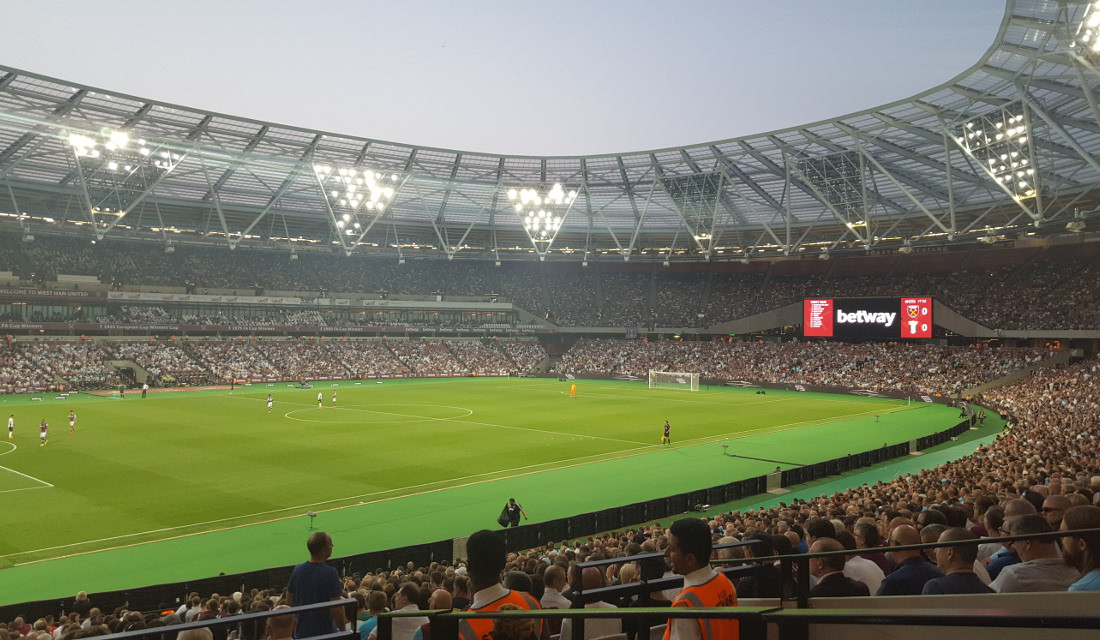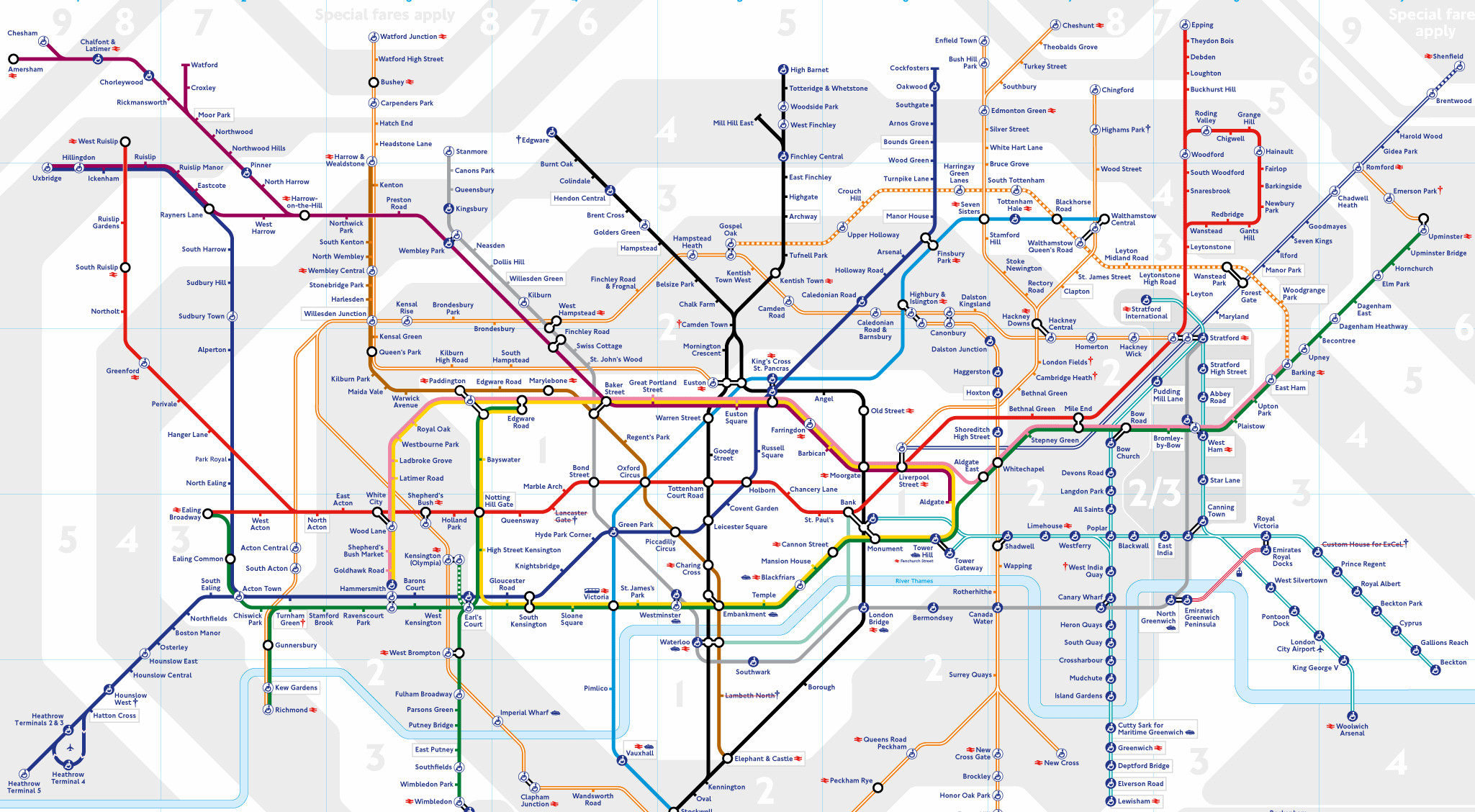Are you a football fanatic planning a trip to London and wondering which stadiums you should prioritize? London boasts an impressive array of football grounds, from iconic arenas to charming, historic venues. This guide, brought to you by CAUHOI2025.UK.COM, will help you navigate the city’s football landscape and choose the best grounds to visit, ensuring an unforgettable experience.
1. London’s Football Scene: An Overview
London is a global capital of football, unmatched by any other city in the world. With a multitude of professional football clubs and a diverse collection of stadiums, a football trip to London is a must-do for any true fan. The city’s football landscape is constantly evolving, with new stadiums being built and existing ones being renovated.
- Number of Clubs: Greater London is home to 13 professional football clubs. Including the wider metropolitan area, this number rises to 14, and the broader region boasts a total of 21 clubs.
- Stadium Capacity: The average stadium capacity in London is approximately 23,878 seats.
- Largest Stadium: Wembley Stadium stands as the largest, with a seating capacity of 90,000.
- Smallest Stadium: At the other end of the spectrum, The Hive Stadium has a capacity of 5,176 seats.
- Fan Base: With a population of 8.67 million in Greater London, there are approximately 722,500 inhabitants per club and 25 inhabitants per stadium seat (excluding Wembley).
2. Iconic Stadiums: The Must-See Arenas
Wembley Stadium: The Home of English Football
Wembley Stadium is an iconic venue steeped in history and prestige. It is the home of the England national team and hosts major domestic and international finals. Its arch is visible across London, making it a landmark.
- Capacity: 90,000
- Key Features: The iconic arch, state-of-the-art facilities, and a museum showcasing the history of English football.
- Accessibility: Well-connected by multiple tube lines (Jubilee, Metropolitan) and train services.
Emirates Stadium: Arsenal’s Modern Fortress
The Emirates Stadium, home to Arsenal FC, is a modern football arena known for its impressive architecture and fan experience.
- Capacity: 60,000
- Key Features: Wide concourses, excellent sightlines, and a statue of Thierry Henry outside the stadium.
- Accessibility: Easily accessible via the Piccadilly and Victoria tube lines.
London Stadium: A Multi-Purpose Venue
Originally built for the 2012 Olympic Games, the London Stadium is now home to West Ham United. It offers a unique atmosphere and modern facilities.
- Capacity: 60,000
- Key Features: Retractable seating, a wide range of hospitality options, and a location within the Queen Elizabeth Olympic Park.
- Accessibility: Excellent transport links via Stratford station, including the Central and Jubilee tube lines, Overground, DLR, and train services.
 London Stadium
London Stadium
3. Historic and Charming Grounds: A Glimpse into Football’s Past
Craven Cottage: Fulham’s Riverside Gem
Craven Cottage, home to Fulham FC, is a traditional football ground located on the banks of the River Thames. Its historic main stand and picturesque setting make it a favorite among football fans.
- Capacity: 25,700
- Key Features: The historic main stand, the riverside location, and the charming atmosphere.
- Accessibility: Accessible via the District line, with a walk along the river.
Selhurst Park: Crystal Palace’s Atmospheric Home
Selhurst Park, home to Crystal Palace FC, is known for its passionate fans and lively atmosphere.
- Capacity: 26,225
- Key Features: Vocal support from the Holmesdale End, traditional stadium architecture, and a family-friendly environment.
- Accessibility: Accessible by train from London Bridge or Waterloo station.
4. Unique Football Experiences: Exploring London’s Diverse Clubs
The Den: Millwall’s Fortress
The Den, home to Millwall FC, is a traditional football ground with a reputation for its intimidating atmosphere.
- Capacity: 19,734
- Key Features: Passionate support from the home fans, a compact stadium design, and a historic atmosphere.
- Accessibility: Accessible by train from London Bridge station or by tube to Bermondsey station, followed by a 20-minute walk.
Loftus Road: QPR’s Central London Ground
Loftus Road, home to Queens Park Rangers (QPR), is a centrally located stadium with a passionate fan base.
- Capacity: 18,439
- Key Features: Intimate atmosphere, close proximity to the pitch, and a location in the heart of West London.
- Accessibility: Easily accessible via the Central, Hammersmith & City, and Circle lines.
5. Getting Around London: Navigating the City’s Transport Network
London’s extensive public transport network makes it easy to travel between stadiums.
- The Tube (Underground): The most efficient way to get around London, with frequent services to most stadiums.
- Trains: Ideal for reaching stadiums located further from the city center.
- Buses: A convenient option for local travel, but can be slower than the tube or train.
- Journey Planners: Use apps like Citymapper, Google Maps, or the TFL website to plan your journey.
Here’s a rough guide to travel times from central London stations:
| Stadium | From King’s Cross | From Liverpool Street | From Waterloo |
|---|---|---|---|
| Wembley Stadium | 30 min (tube) | 40 min (tube) | 35 min (tube) |
| Emirates Stadium | 15 min (tube) | 30 min (tube) | 30 min (tube) |
| London Stadium | 40 min (tube) | 30 min (tube) | 35 min (tube) |
| Stamford Bridge | 40 min (tube) | 50 min (tube) | 35 min (tube) |
| Selhurst Park | 50 min (tube+train) | 50 min (tube+train) | 40 min (train) |
| Craven Cottage | 55 min (tube) | 60 min (tube) | 50 min (tube) |
 London Tube Map
London Tube Map
6. London Airports and Stadium Access
London has six airports offering international flights:
- Heathrow Airport
- Gatwick Airport
- London City Airport
- Luton Airport
- Stansted Airport
- Southend Airport
Each airport provides rail (train/tube) and bus connections into London. Consider airport proximity when choosing accommodations or planning stadium visits. For example, Gatwick Airport is convenient for visiting Selhurst Park, while Heathrow Airport is suitable for Griffin Park.
7. Finding Accommodation: Where to Stay in London
London offers a wide range of accommodation options to suit every budget and preference.
- Central London: Areas like South Kensington, Earls Court, and Bayswater offer numerous hotels within easy reach of Stamford Bridge, Craven Cottage, and Loftus Road.
- Near Stadiums: Wembley Stadium and London Stadium have a decent choice of hotels, often more affordable than those in the city center.
- Outside London: If you plan to visit stadiums outside the city, such as those in Reading or Wycombe, consider staying in the local city center or at a roadside hotel.
8. Securing Tickets: Tips for Attending a Match
Getting tickets for London football matches can vary in difficulty depending on the club and the league.
- Non-Premier League Clubs: Tickets are generally available on the day of the match, but it’s best to buy in advance for important matches or local derbies.
- Premier League Clubs: Tickets must be purchased in advance, as most matches sell out regularly.
- Arsenal and Chelsea: Require club memberships to purchase tickets due to high demand.
- Watford and West Ham: Tickets are generally easier to obtain but still require advance purchase.
- Crystal Palace: Require a club membership to purchase tickets.
9. Stadium Tours: Exploring Behind the Scenes
If you can’t attend a match, consider taking a stadium tour. Many clubs offer tours that provide access to areas not normally seen during a game.
- Major Stadiums: Wembley, Arsenal, Chelsea, Tottenham, and West Ham offer frequent tours.
- Smaller Clubs: Fulham, Reading, and QPR offer tours less frequently, so check their websites for schedules.
- Premium Tours: Some clubs offer special tours led by former players or on match days.
10. FAQ: Your Questions Answered About London Football Grounds
Q1: How many football stadiums are in London?
Greater London has 13 professional football clubs, with 14 in the wider metro area and 21 in the broader region.
Q2: What is the largest football stadium in London?
Wembley Stadium, with a capacity of 90,000 seats.
Q3: How do I get around London to visit different stadiums?
London’s public transport network, including the tube, trains, and buses, makes it easy to travel between stadiums.
Q4: Is it easy to get tickets for Premier League matches in London?
It can be challenging, especially for popular clubs like Arsenal and Chelsea, which require club memberships.
Q5: Can I take a tour of Wembley Stadium?
Yes, Wembley Stadium offers regular tours, providing access to various parts of the stadium and its museum.
Q6: Which is the oldest football stadium in London?
Craven Cottage, home to Fulham FC, is one of the oldest and most historic Football Grounds In London.
Q7: What is the atmosphere like at Selhurst Park?
Selhurst Park, home to Crystal Palace, is known for its passionate fans and lively atmosphere.
Q8: Do I need to buy tickets in advance for all football matches in London?
It’s recommended, especially for Premier League matches, as they often sell out.
Q9: Are there any football stadiums near Heathrow Airport?
Griffin Park (Brentford) is relatively close to Heathrow Airport.
Q10: What is the best way to plan a football trip to London?
Use resources like CAUHOI2025.UK.COM to gather information, plan your itinerary, book accommodations, and secure match tickets in advance.
Conclusion
Exploring the football grounds of London is an unforgettable experience for any football enthusiast. From the grandeur of Wembley Stadium to the historic charm of Craven Cottage, each venue offers a unique glimpse into the heart of English football. By using this guide, you can plan your trip effectively, secure tickets, and navigate the city’s transport network to make the most of your London football adventure.
Ready to plan your ultimate football trip to London? Visit CAUHOI2025.UK.COM for more information, travel tips, and expert advice. Have questions? Contact us at +1 (800) 555-0199 or visit our “Contact” page for personalized assistance. Let CauHoi2025.UK.COM help you create memories that will last a lifetime.